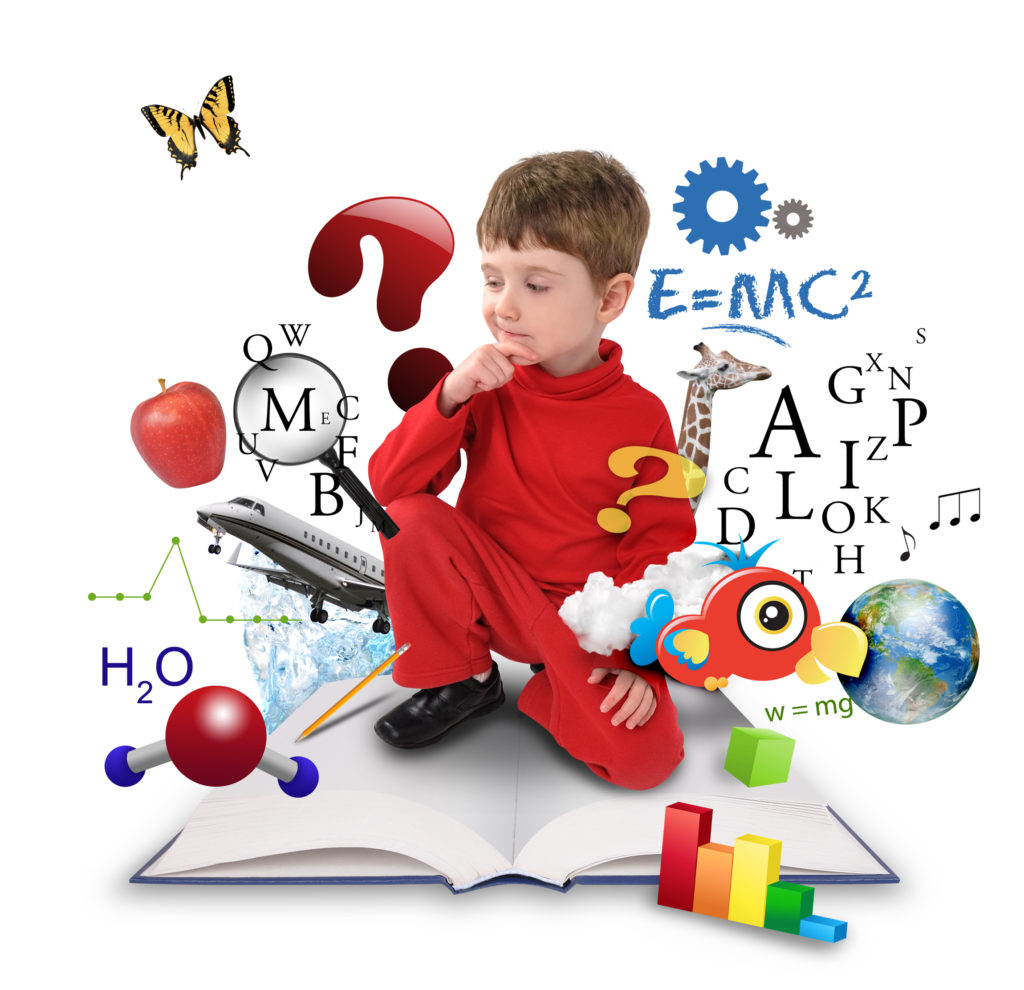Despite a considerable time, technology is still a warm button issue. Some educators and students love and rehearse technology flawlessly each day, while some hate it and don’t see why they should be expected to utilize it in any way.

Additionally, complicating any discussion of the role of technology in schools could be the perceived inequality gap between rich and poor school districts. Some schools have endless helpful new technology (think iPads and 3D printers), while other schools need to take what wealthier schools might disregard as old.
Similarly, supporters of technology point out that technology in the classroom encourages independent learning, teaches real-world life skills (e.g. how to write e-mail, online etiquette), inspires creativity, helping students experiment in disciplines for example science by making use of more using new tools.
Alternatively, critics of technology in the classroom point out that it results in distraction (especially if students are checking Facebook rather than paying attention), fosters poor studying and research habits (e.g. just searching Google rather than really researching a topic using library resources), and may result in problems like cyber bullying or invasion of privacy.
What’s clear is there are certain trade-offs a part of technology. Educators must not view technology like a panacea that can magically teach students how you can read when they gain access to an iPad. And students must not view tablets, phones, and 3D printers simply as toys in order to avoid the genuine work of studying.
That’s why the important thing decide any discussion about technology in the classroom (and out of the classroom) could be the teacher. In case a US job for India teacher would like to supplement an in-class lessons with web resources, he or she must even be without doubt a lot of students have equal usage of those resources. Some students may reside in a home with usage of multiple computers and tablets, while some might reside in a home its keep isn’t usage of fraxel treatments.
The aim of technology should be to make learning quicker and simpler for those students. And that often means challenging many assumptions about how students learn best. By way of example, one trend inside the U.S. educational system is “flipping the classroom,” in which online learning plays an important role. Unlike the regular classroom, where lectures occur through the school days and homework gets done in the evening, a “flipped classroom” implies that students use teachers on homework through the school day then watch online video lectures in the evening.
And there’s another thing that should be taken into account, and that’s the power for technology to organize students for that whole world of the future. That’s the reason why U.S. educators are watching computer science and coding – they have even described coding/programming like a new fundamental skill in the digital economy, right close to literacy. In this instance, of course, it really is computer literacy that matters.
Whether it’s online education, iPads, gaming or BYOD, technology can play a critical role in the foreseeable future development of education. It’s essential for any teacher to comprehend various issues at play anytime they introduce technology in to the lesson plan and also the overall classroom experience.
To learn more about US job for India teacher check out our new website: read more
